Mass Effect is set in the year 2183. Thirty-five years earlier, humankind discovered a cache of technology on Mars, supposedly built by a technologically advanced but long-extinct species called the Protheans. Studying and adapting this technology, humanity has managed to break free of the solar system and has established numerous colonies and encountered various extraterrestrial species within the Milky Way galaxy. Utilizing alien artifacts known as Mass Relays, the various space-faring species are able to travel instantly across vast stretches of the galaxy. Within the game, humanity has formed the Human Systems Alliance, one of many independent bodies that make up the collective of "Citadel space".
The Human Systems Alliance is a rising power in the galactic stage. The only war they have participated in was the "First Contact War" in 2157. A human exploration expedition was activating dormant mass relays (which was a practice considered unsafe by Citadel races, as it resulted in the Rachni Wars described below). The turians attacked the small fleet and proceeded to capture the closest human world, Shanxi. The turians proceeded to starve out the remaining humans and occupy the planet. Facing starvation the human garrison surrendered to the Turian Hierarchy. One month later, the human Second Fleet responded by annihilating the turian fleet around Shanxi. In response the turians prepared for full scale war. The Citadel Council saw that humanity would either be annihilated or annexed by the turians and stepped in. The humans were then given an embassy in the Citadel Council.
Citadel space, as a whole, is ruled by a conglomerate body of governments known as the Council, which is made up of members of the three prominent alien races: the asari, a mono-gender race of aliens which closely resemble blue-skinned human females; the short-lived amphibian salarians; and the raptor-like turians. Other alien species seen in the game include the environmental suited quarians, the reptilian krogan, the four-eyed, humanoid batarians, the aquatic hanar, the methodical, monotonous-voiced and quadrupedal elcor, and the pressure-suit wearing volus. Dozens of other aliens are assumed to exist throughout the galaxy, but are not seen or mentioned in the game.
Much history and exposition is given by the "Codex", an in-game encyclopedia whose entries expand as the player investigates new locations and asks questions of its residents. Three historical wars, predating human presence in Citadel space, are of particular relevance to players.
The "Rachni Wars" began around 1 CE; these insectoid aliens were discovered when Citadel explorers opened a dormant mass relay and accidentally introduced them to the galaxy. Over almost a century of conflict, the rachni came close to overwhelming the Citadel races, until the salarians discovered the krogan, a warlike species who had evolved redundant organ systems, a tendency to aggression and incredibly high birth rates to survive conditions on their homeworld of Tuchanka. The salarians "culturally uplifted" the krogan, giving them advanced technology, medicine and access to planets unplagued by nuclear winter, toxins or an overabundance of vicious predators. The flourishing krogan joined the war against the rachni and pursued it to completion, eventually exterminating the species entirely by about the 3rd century CE.
The "Krogan Rebellions" began about 700 CE and stemmed directly from the uplift during the Rachni Wars. The now-uplifted krogan displayed an aggressive colonization policy, eventually claiming worlds already populated by other Citadel races. Diplomacy failed, with the krogan daring the Council to stop them; and even with the turians (then Citadel newcomers) on their side, the Council once again found itself on the receiving end of a losing war. The final solution came in the form of the "genophage", an artificially induced and true-breeding genetic mutation created jointly by the salarians and turians. It causes pre-natal neural failure in all but 1 in 10,000 krogan pregnancies, resulting in stillbirths and miscarriages. Though the genophage was deployed before 800 CE, krogan culture is still struggling to adapt to it in the "present" day (2183 CE).
Finally, the "Geth Wars" were the result of efforts by the quarians to build robots for labor and military purposes. The geth were deliberately designed so that each individual was a relatively limited hardware platform, relying on wireless networking to achieve higher processing power, but the quarians tweaked their programs extensively, allowing the geth to evolve into true artificial intelligences. The terrified quarians ordered the destruction of every geth once they realized what they had done, and the geth, defensive of their lives, declared war against their creators. The geth won: in 1895 CE the quarians made the decision to abandon their home planet and have since resided largely aboard the "Migrant Fleet", a flotilla consisting of 50,000 starships. The geth, for their part, have not been seen since the end of the war, and their current agenda is unknown.
The game takes place primarily in two locations: the prototype frigate SSV Normandy, and the Citadel, a gigantic, ancient space station supposedly built by the Protheans and which currently acts as the center of galactic civilization. Throughout the game, however, the player may navigate the Normandy to various planets, moons and other destinations.
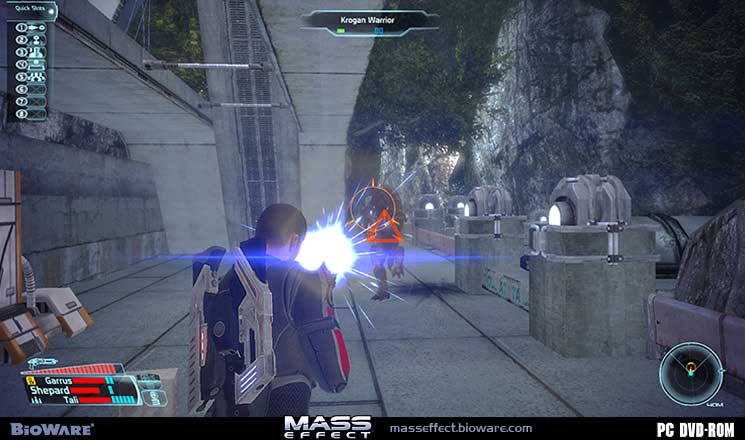

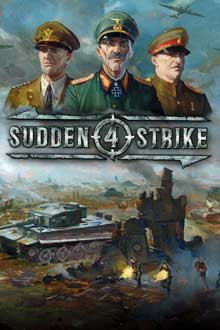
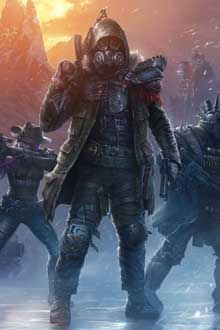
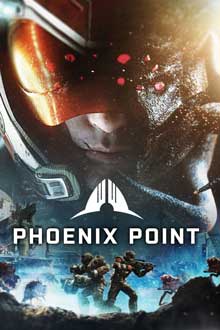
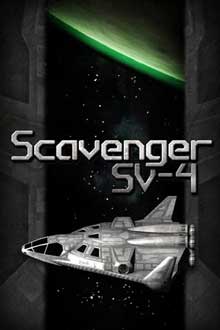
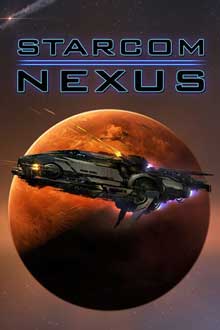
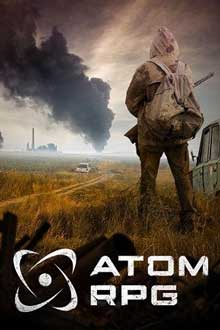
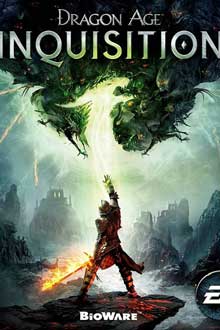
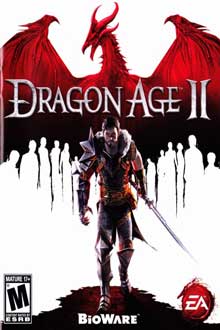
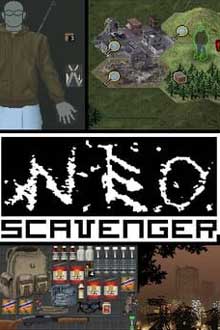
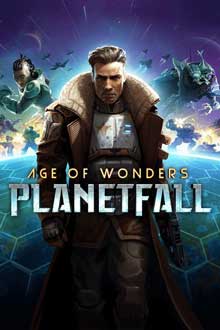
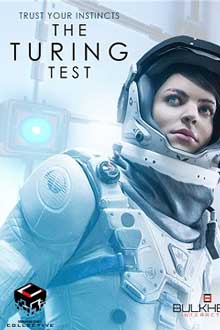

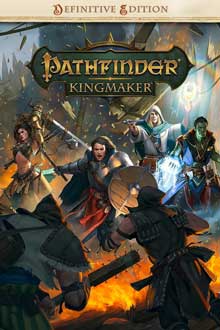
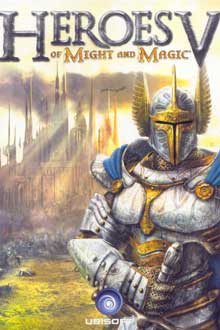
Comments